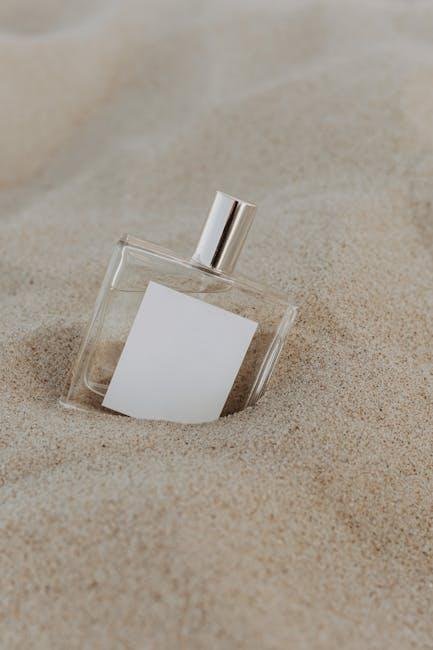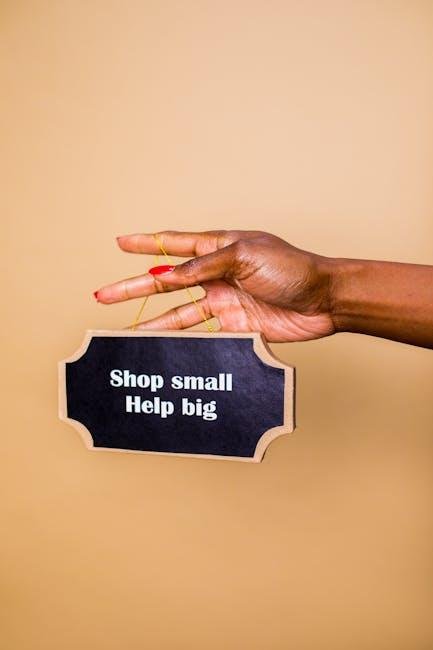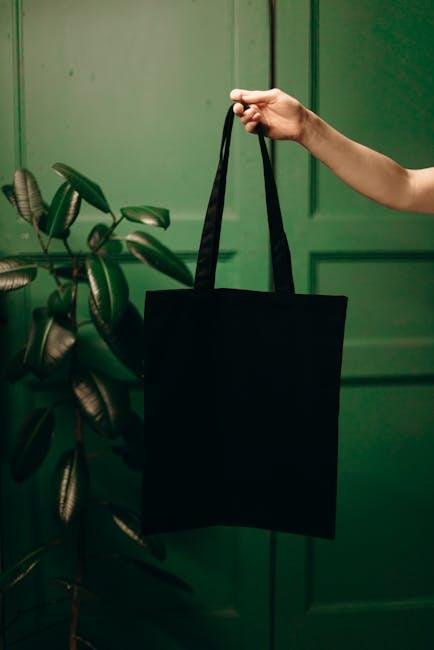In a world where fashion and environmental consciousness seem like two opposing forces, a revolution is quietly unfolding on the catwalk. As climate concerns take center stage, the industry is witnessing a profound transformation, with brands seeking to redefine what it means to be “in vogue.” Gone are the days when the allure of haute couture came at the expense of the planet; today, a new breed of designers is stitching sustainability into the very fabric of their creations. From eco-friendly materials to clear supply chains, these fashion pioneers are not only setting trends but also challenging the status quo. In this exploration,we will delve into the brands leading the charge towards a more sustainable future,highlighting their innovative practices and the impact they are making in the ever-evolving world of fashion. Join us as we walk the runway of change and discover how style can harmoniously coexist with sustainability.
sustainable Materials: Redefining Fashion’s Fabric Choices
The fashion industry is undergoing a revolutionary transformation as brands increasingly embrace sustainable materials to minimize their environmental footprint. Innovative alternatives to customary fabrics are now at the forefront of design, with companies sourcing materials that are not only eco-friendly but also aesthetically appealing. Some standout examples include:
- Organic Cotton: Grown without synthetic fertilizers or pesticides, reducing soil and water contamination.
- Bamboo: A fast-growing, renewable resource that requires minimal water and chemicals.
- Recycled Polyester: Made from post-consumer plastic bottles, diverting waste from landfills.
- Tencel (Lyocell): Produced from sustainably sourced wood pulp and processed in a closed-loop system, minimizing water usage.
Leading brands are now adopting these sustainable practices not just as a marketing strategy, but as a commitment to reshaping the relationship between fashion and the surroundings. By incorporating bio-based materials and pushing for circular fashion, these companies are setting a new benchmark for the industry. Notably:
| Brand | Sustainable Material |
|---|---|
| Patagonia | Recycled Wool |
| Boden | organic Linen |
| Reformation | bamboo Viscose |
| Everlane | Renewed Denim |

Innovative Practices: How Brands Are Reshaping Production Processes
Brands are increasingly embracing innovative production methods that prioritize eco-friendliness, drastically altering their impact on the environment. These practices extend beyond simple recycling efforts and delve into holistic strategies that integrate sustainability into the entire production lifecycle. For example, many labels now adopt closed-loop systems where materials are continuously reused, minimizing waste. Furthermore, investments in biodegradable fabrics and eco-friendly dyes are gaining momentum, allowing brands to reduce their carbon footprint while still delivering on aesthetic and quality demands. Additionally, technology plays a crucial role; 3D printing enables custom designs with minimal waste, streamlining the production process and minimizing resource use.
Moreover, collaboration is becoming a hallmark of the new sustainable ethos, as brands partner with organizations and local communities to foster ethical practices. The introduction of transparency indices allows consumers to trace the origins of their clothing, making informed choices easier than ever. such indices frequently enough highlight key metrics, such as the percentage of sustainable materials used and the ethical labour practices in place. To illustrate this, consider the following table showcasing several leading brands and their innovative practices:
| Brand | Innovative Practice | Impact |
|---|---|---|
| Stella McCartney | Plant-based materials and cruelty-free products | Reduction in animal byproducts |
| Patagonia | Worn Wear programme, promoting repair and reuse | Encourages sustainable consumer behavior |
| Everlane | Radical transparency about sourcing and pricing | Greater consumer trust and awareness |

Transparency and Ethics: The New Standards in Fashion Branding
In the modern fashion landscape, brands are increasingly held accountable for their practices concerning sustainability and ethical production. Consumers today demand clarity and honesty about sourcing,labor practices,and environmental impact. This shift has led to a new wave of branding that prioritizes transparency, forcing industry leaders to rethink their strategies. Brands are now openly sharing details regarding their supply chains, showcasing eco-friendly materials, and clearly communicating their commitments to social responsibility. This is not only crucial for building consumer trust but also for positioning themselves as pioneers in an ever-evolving market.
A growing number of companies are adopting initiatives that reflect their commitment to ethical standards.Some of these initiatives include:
- Certified organic materials: Ensuring textiles are grown without harmful chemicals.
- Fair labor guarantees: Committing to wages and working conditions that respect workers’ rights.
- Carbon-neutral operations: Implementing practices to reduce the overall carbon footprint.
Leading brands are not just meeting consumer expectations; they are redefining what it means to be a responsible fashion label. The emphasis on ethics is becoming a core element of brand identity, enabling companies to connect with eco-conscious consumers who are passionate about making informed choices. As this trend proliferates, it sets a precedent for future innovation in the industry.

Consumer Advocacy: Empowering Shoppers to Choose Wisely
In the ever-evolving fashion industry, consumers are becoming increasingly aware of the impact their choices have on the environment. Brands that prioritize sustainability are not only attracting eco-conscious shoppers but also setting new standards for the entire sector. Shoppers can make informed decisions by researching and supporting labels that adhere to sustainable practices. Critically important factors to consider include a brand’s commitment to ethical sourcing, transparency in supply chains, and adoption of eco-friendly materials. Some key points to explore include:
- Recycled Materials: Brands utilizing recycled textiles reduce waste and lower their carbon footprint.
- Ethical Labor Practices: Companies that ensure fair wages and safe working conditions for their employees are increasingly recognized.
- Local production: Supporting local artisans and manufacturers minimizes transportation emissions and supports community economies.
To further empower consumers in their shopping journeys, we can look at brands leading the charge in sustainability. Below is a table highlighting some trailblazers and their notable efforts:
| Brand | Key Initiative | Sustainable Material |
|---|---|---|
| Patagonia | 1% for the Planet | Recycled polyester |
| Everlane | Transparency in Pricing | Organic cotton |
| Reformation | Sustainable Practices Scorecard | EcoVero™ |
By understanding which brands prioritize sustainability, consumers can channel their purchasing power towards those that align with their values. This not only fosters a more responsible consumer culture but also encourages other brands to follow suit, ultimately leading to a more sustainable fashion industry.
Wrapping Up
As the curtain falls on our exploration of sustainability in the world of fashion, it becomes clear that the catwalk is evolving. No longer merely a showcase for fleeting trends, it is indeed increasingly becoming a platform for innovation and responsibility. The brands highlighted here are not just making bold statements; they are redefining the very essence of what it means to be fashionable in the modern age.
In this ever-shifting landscape, the commitment to sustainable practices echoes far beyond the garments themselves; it resonates with consumers who are becoming more conscious of their choices.From eco-friendly materials to transparent supply chains, the leaders of sustainability on the catwalk are paving the way for a future where style and ethics coexist harmoniously.
As we step off the runway and into our own wardrobes, let’s carry forward the lessons of this evolving industry. Our choices matter, and by supporting brands that prioritize sustainability, we too can become part of this revolutionary movement. The journey towards a more sustainable fashion future is just beginning, and it promises to be as dynamic and vibrant as the designs that grace the catwalks.



